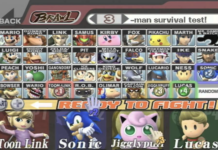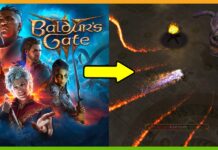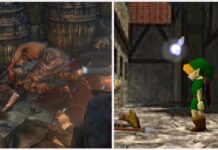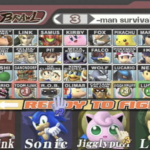If you played Super Mario Bros. 2 in North America, you’ll know it as the game that had multiple playable characters, a lot of enemies that differed from the original Super Mario Bros. and a whole bunch of vegetable tossing.
This game was actually a North American exclusive, based on a game called Yume Kōjō: Doki Doki Panic but with a new coat of paint featuring Mario and friends. This Super Mario Bros. 2 was a separate creation, a response to the actual Super Mario Bros. sequel that had released a couple of years earlier, but was deemed too difficult for North American audiences.
The Japanese Super Mario Bros. 2 is much more similar to the original Super Mario Bros., but features some of the hardest platformer levels a game developer has ever released.
Super Mario Bros.: The Lost Levels
Super Mario Bros. 2, also known as The Lost Levels, was released in 1986 for the Famicom Disk System. It was incredibly popular in Japan, selling over 2.5 million copies. The game introduced some core concepts that would stick with the Super Mario franchise, such as poison mushrooms and Luigi’s higher jumping but lower traction abilities.
The Lost Levels was made with the specific goal of creating a more challenging experience for the many hardcore fans that had come out of Super Mario Bros. While most of the core mechanics remain the same, each individual level is substantially more difficult than the ones in the original Super Mario Bros. And with 32 levels to beat across eight worlds, plus 20 additional bonus levels, there’s more than enough to challenge a seasoned Mario player.
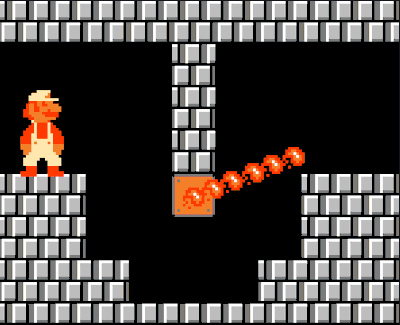
What made this game so hard? The Lost Levels focused on very precise platforming and a lot of trial and error: learning where enemies spawn and how they moved, and figuring out a way around them. It was especially cruel for some levels just needing better RNG; you had to hope an offscreen Bullet Bill wouldn’t fly in and kill Mario right as he landed.
Additionally, some mechanics were introduced to intentionally mess with experienced Super Mario Bros. players. The poison mushrooms, which either kill Small Mario or cause damage Super Mario and Fire Mario, are seen immediately in 1-1 as a way of setting the tone for how difficult this game will be.
There’s also gusts of wind that push Mario either forwards or backwards, and oftentimes have the players adjusting their jumps and movement on the fly to avoid dying. And finally, we can’t forget the counterintuitive warp pipes, which warp players back a few worlds in what is certainly one of Nintendo’s most cruel jokes.
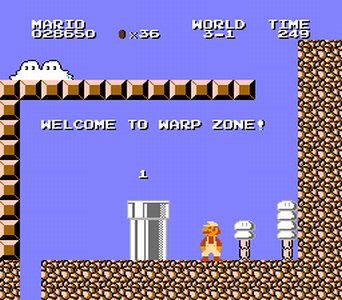
Super Mario Bros. 2 In North America
Originally, The Lost Levels was not released in North America specifically because it was deemed too difficult for its audience, and because Nintendo of America wanted to bring consumers in rather than push them away with too difficult a product, they opted for their version of Super Mario Bros. 2.
However, seven years after its original release in Japan, The Lost Levels was featured as one of the four games in Super Mario All-Stars, alongside Super Mario Bros., Super Mario Bros. 2, and Super Mario Bros. 3. This version featured updated graphics and music. The original Famicom Disk System version of The Lost Levels was released in 2007 for the Wii Virtual Console, allowing North American players to finally play the game that had been deemed too hard for their tastes.
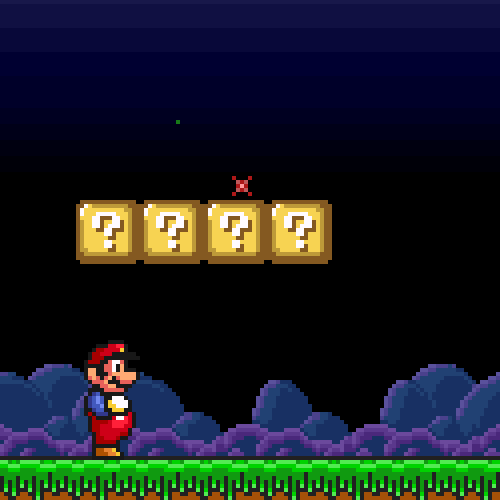
The North American version of Super Mario Bros. 2 was such a success that it was also released in Japan, under the title of Super Mario Bros. USA. It’s become one of the more beloved yet niche titles in the franchise, mainly because of how much it differs from the other Mario games.
The Lost Levels developed a bit of a black sheep reputation among Mario fans for its steep difficulty and relative obscurity among North American players. Yet today, it’s viewed as a very challenging and enjoyable speedrunning title, while also being a source of inspiration for KaizoROM hacks, which push Mario professional players’ skills to the limit.




